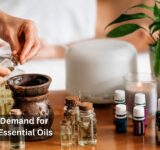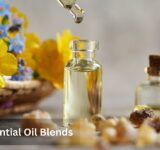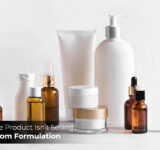- 30/12/2023
- Rohit Mishra
We have all heard about active and inactive ingredients used in medicines, skincare products, etc. Yet, not all of us know the active vs inactive ingredients in skin care. The list of active ingredients in skincare products is huge.
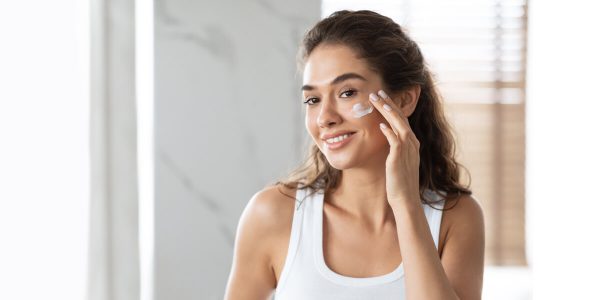
However, we cannot undermine the role played by inactive ingredients in skin care as well. In this article, we will know the difference between active and inactive ingredients in skincare in detail!
What Does Active Ingredient Mean in Skincare?
Active ingredients are those ingredients in a product that are responsible for providing the desired results. In the skincare industry, active ingredients are those ingredients that help to address the skin issue. Vitamin C, retinol, hyaluronic acid, zinc oxide, ceramides, etc., are the popular active ingredients in skin care products.
What Are Active Ingredients in Skincare?
There is a huge list of active ingredients in skincare industry. Some of the popular ones are listed below:
- AHAs (Alpha Hydroxy Acids)
- Beta Hydroxy Acids
- Hyaluronic Acid
- Vitamin C
- Niacinamide
- Retinol
- SPF
Each of these active skincare ingredients has its own benefits and significance. For instance, vitamin C is used in skin-brightening creams and lotions. Hyaluronic acid provides a firm texture to the skin, whereas SPF is used in sunscreen lotions because of its sun-blocking properties.
How Do You Determine Active Ingredients in Skin Care Products?
Active ingredients may be separately mentioned in the ingredient list. In case they are not, they are usually described in the list of active skincare ingredients, along with their respective percentages. The first few ingredients mentioned in this list are usually active ingredients.

There might be multiple active ingredients in skin care products. Sometimes, even a single active ingredient in skincare may be enough to deliver the results. You cannot determine a product as good simply because it has multiple active skincare ingredients.
List of Active Skincare Ingredients
The use of active ingredients in skincare products can be classified into different categories. Some of these popular categories are listed below:
- Surfactant: Decyl glucoside, Lauryl Glucoside, Sucrose cocoate, Coco glucoside, etc.
- Antioxidants: Vitamin A, Vitamin C, Vitamin E, Carotenoids, Polyphenols, Copper, and Zinc.
- Exfoliants: AHAs (Alpha Hydroxy Acids), Beta Hydroxy Acids, Poly Hydroxy Acids, etc.
- Astringent: Glycerine, salicylic acid, glycolic acid, rosewater, etc.
- Skin Lightening Agents: Kojic acid, niacinamide, Vitamin C, tretinoin, salicylic acid, etc.
What Does Inactive Ingredients Mean in Skin Care?
Inactive ingredients are the ones that are not targeted towards a particular issue. In fact, they might be present to support the active ingredients or to provide additional benefits to the user. For example, fragrances, colours, stabilisers, preservatives, and all the other supportive inactive ingredients in skin care products.
Inactive ingredients in skin care usually improve the texture and appearance or ease the application process of cosmetics and skincare products. Therefore, they are of no less importance, especially for the brands and manufacturers of the products.
Why Are Inactive Ingredients Used in Skincare?
As described in the above section, inactive ingredients in skin care are not introduced to meet any desired results in a product. Instead, they are mostly related to improving the aesthetics or performance of the products.
Sometimes, an inactive ingredient can also be used to dilute the effects of the primary or active ingredients in skincare. For example, emollients are used as secondary or inactive ingredients in face cleansers so they don’t dry out your skin.
List of Inactive Ingredients in Skin Care
The list of inactive ingredients in skin care is quite long. Yet, we have categorised some of the popular types of inactive ingredients below for your reference:
- Colours: Different shades of colours, like cream, peach, pink, yellow, green, red, etc., are used to achieve the final colour of the product.
- Fragrance: Essential oils, fragrance oils, and other natural fragrances fall in this category.
- Preservatives: Organic preservatives like ascorbic acid, vitamin E, salt, phenols, oil extracts, etc., fall into this category.
Are Inactive Ingredients Important in Skincare?
Inactive ingredients are no less than active ingredients in skincare. It is because they determine how effective and useful a product can be. The product’s overall charm, appeal, and durability can be increased using the right inactive ingredients in skin care.
The inactive ingredients may also provide other skincare benefits to the users. As a result, we must uphold their significance in skincare products.
Difference Between Active Formulation & Inactive Formulation
There are many differences between active and inactive formulations. Active formulation refers to an active formula that is mainly comprised of active ingredients in skincare. Inactive formulas are meant for general products that are not meant to cure specific skin diseases or issues.
For example, a regular moisturiser may be created using an inactive formulation, but a moisturiser meant for dry skin can be created using an active formulation. Active formulations contain active ingredients that expedite the healing process.
Why Do All Skincare Ingredients Matter?
Both inactive and active ingredients matter in skincare products. It is so because each of the ingredients has a role to play. Some of the ingredients might be used to stabilise the formula, whereas others may be used to add colour, fragrance, or specific texture.
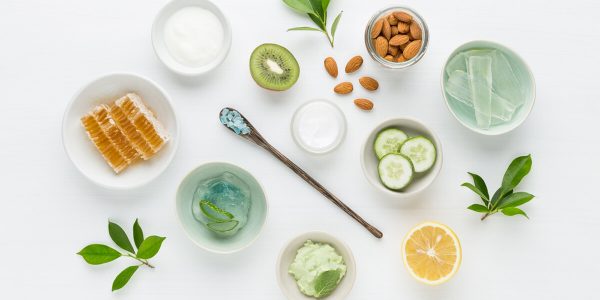
The active ingredients in skin care products have their specific properties, whereas even the inactive ingredients usually possess some skincare benefits. In the end, the product must meet its overall purpose without causing any side effects. It is only possible because of the perfect blend of ingredients achieved by the skincare formula!
The Bottom Line
We hope you understand the significance of active vs inactive ingredients in skin care products. Eventually, it would help if you focused on using products that contain only organic and safe ingredients. Go for the products of renowned organic skincare manufacturers for your brands. With the help of third party manufacturer, You can make your own custom skincare products for rebranding.
FAQs: Active Vs Inactive Ingredients In Skin Care
Q1: Are Active Ingredients Natural?
A1. Not all active ingredients in skincare are natural. Some of them may be synthetically produced in a lab.
Q2: Are Inactive Ingredients Safe In Skincare Products?
A2. The inactive ingredients in skin care are mostly safe for all skin types if the product is carefully formulated and tested.
Q3: Do Active Ingredients Help With Wrinkles?
A3. Yes, active ingredients in skincare like AHAs can minimise issues like fine lines and wrinkles.
Q4: How Do You Layer Active Ingredients In Skincare?
A4. The layering of active ingredients depends upon the purpose of skincare formulation. Usually, the exfoliants are layered in such a way that they reach the skin first, and then the collagen stimulating and other ingredients are layered to maximise their benefits.
Q5: Do Inactive Ingredients Do Anything?
A5. Inactive ingredients add colour, stability, fragrance, or texture to the product. Yet, in some cases, inactive ingredients in skin care also increase the overall benefits and quality of the products.

